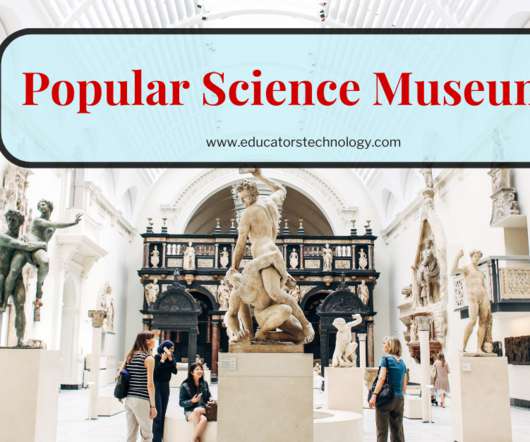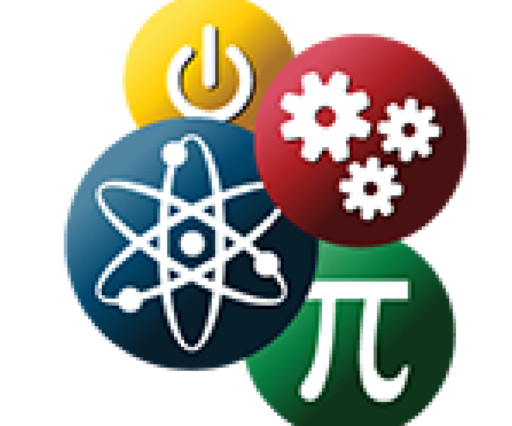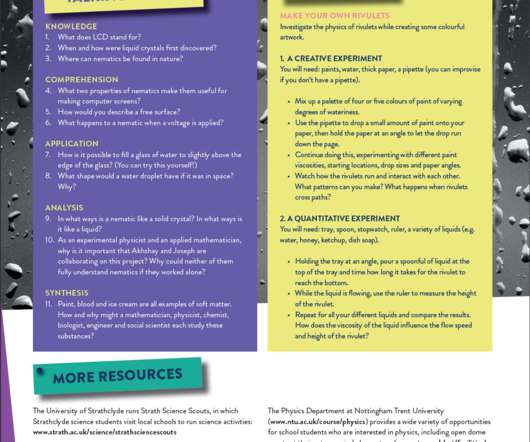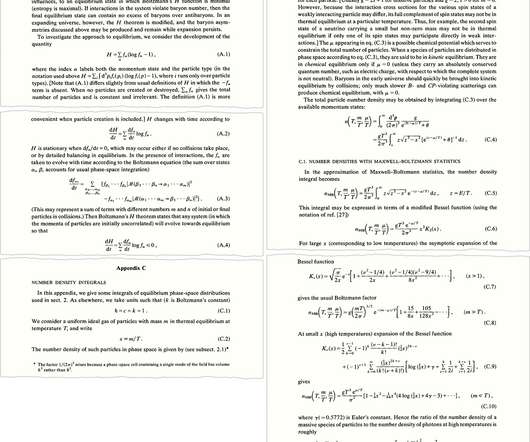7 Popular Science Museums
Educators Technology
NOVEMBER 3, 2022
Science museums from all around the world capture and document this knowledge allowing anyone interested in learning about science, to access this wealth of knowledge and learn about major achievements and milestones that got us where we are today. The Museum of Natural Sciences contains several galleries and sections.














Let's personalize your content